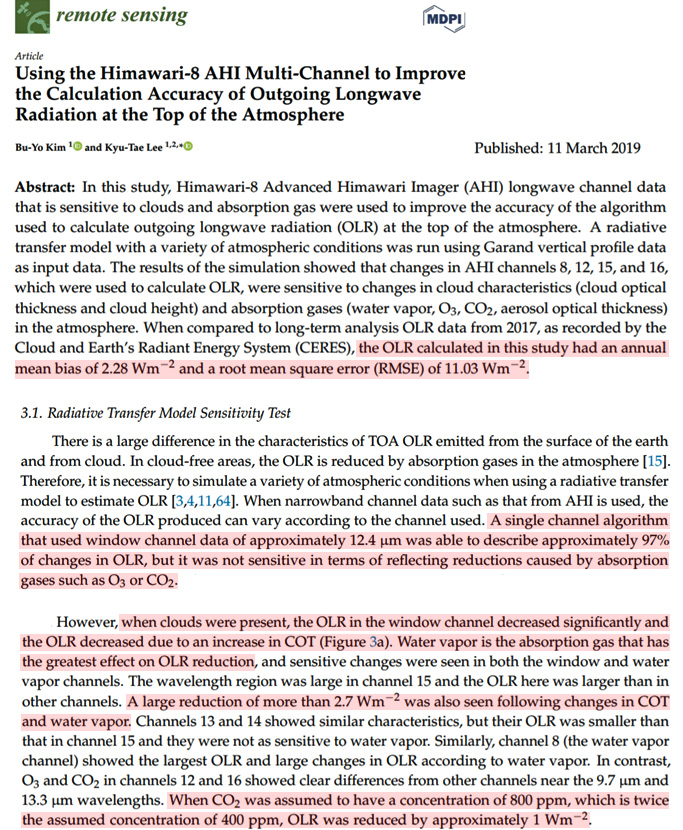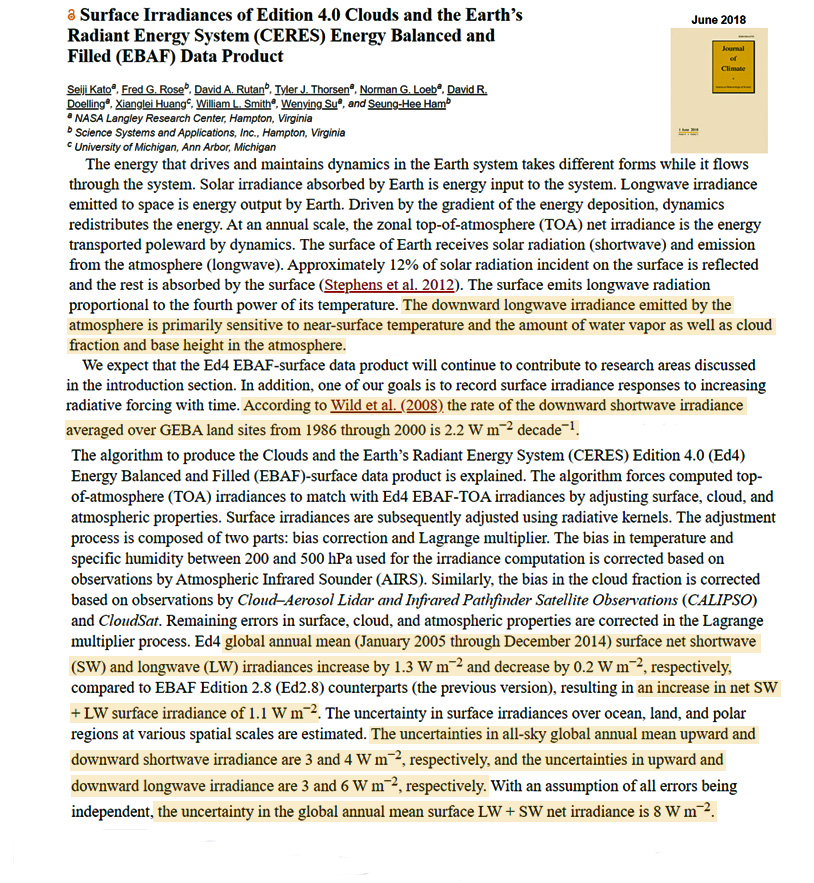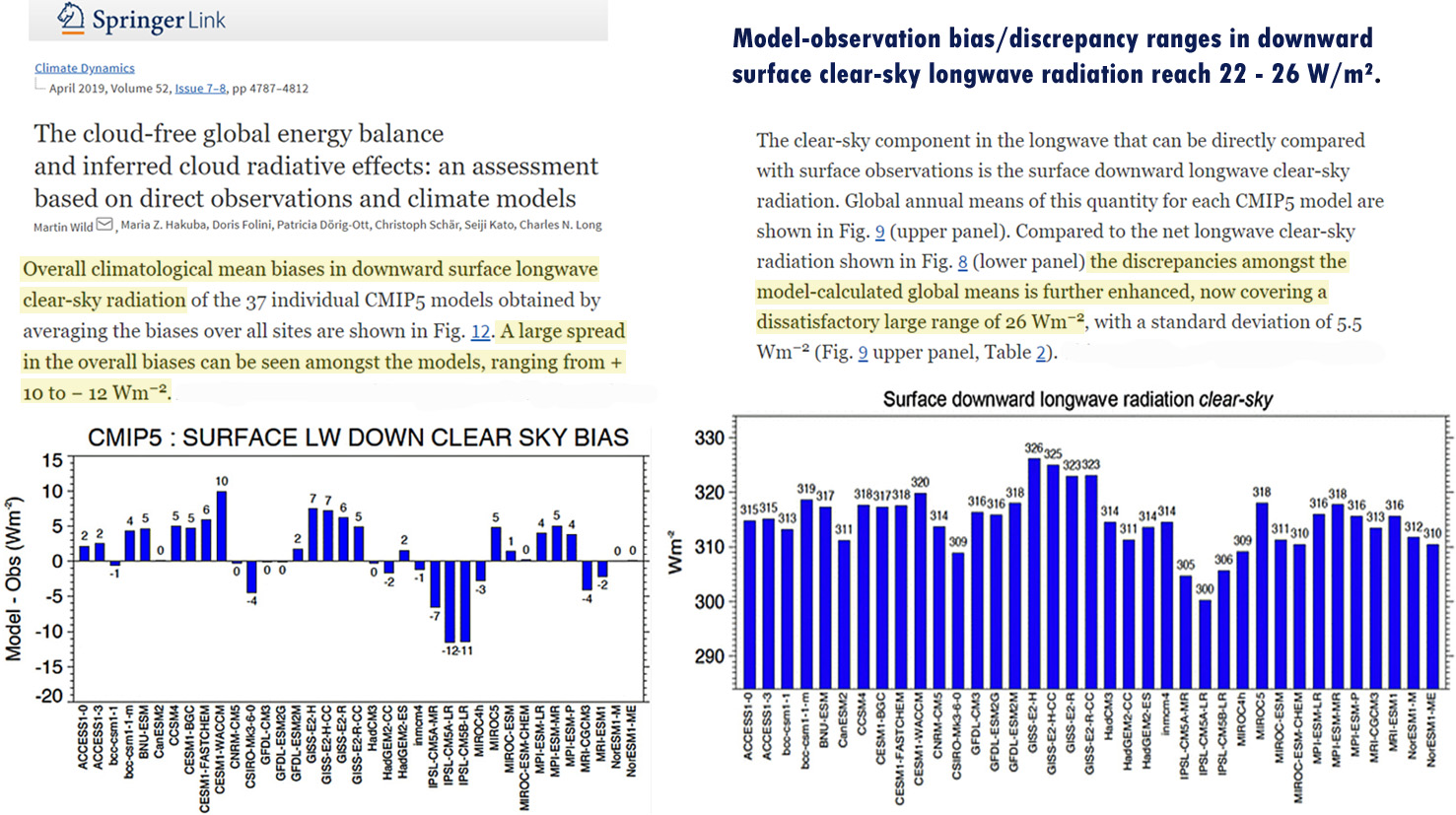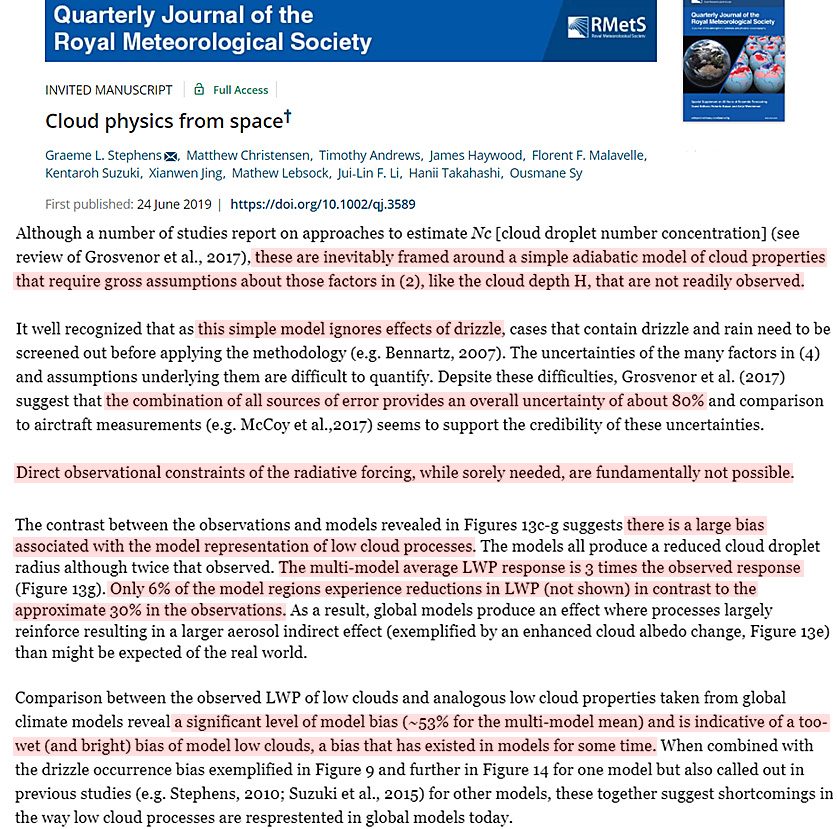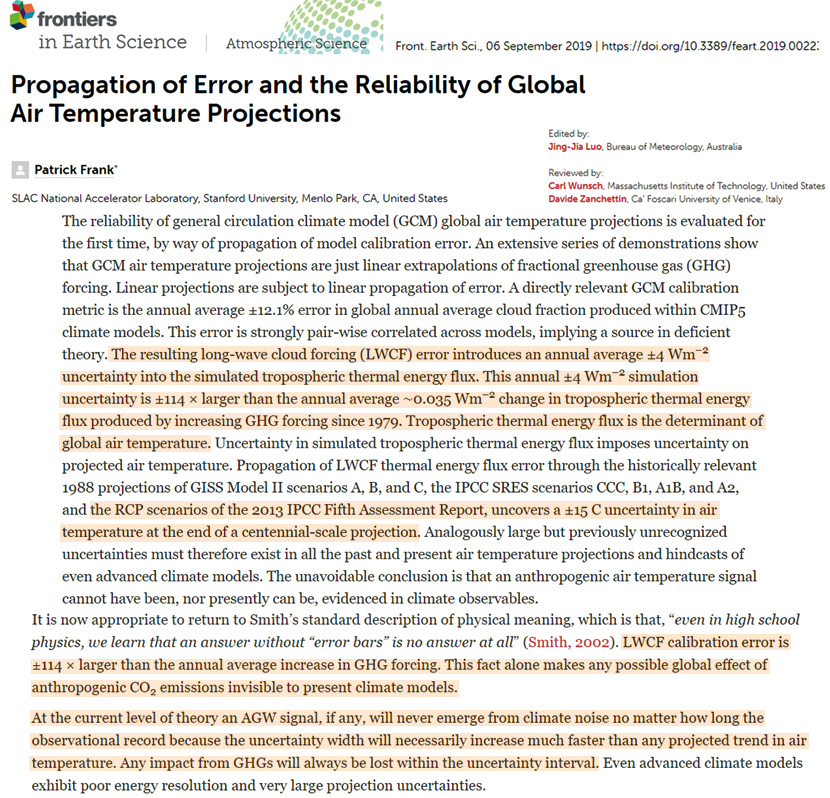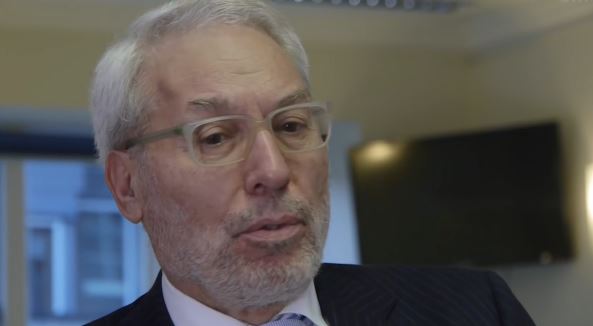- Joined
- Sep 18, 2014
- Messages
- 5,757
- Reaction score
- 1,315
- Gender
- Male
- Political Leaning
- Other
It's not difficult. From start to finish this link took less than a minute.
[FONT="][/FONT]
[h=1]Study Says Fracking is Saving Families $2,500 Annually, Significantly Lowering Greenhouse Gas Emissions[/h][FONT="]Research & Commentary by Tim Benson, The Heartland Institute A report released in October 2019 by the White House Council of Economic Advisors (CEA) estimates increased oil and natural gas production from hydraulic fracturing (“fracking”) saves American families $203 billion annually on gasoline and electricity bills. This breaks down to $2,500 in savings per family…
Continue reading →
[/FONT]
Well... please... tell me how you do it.

